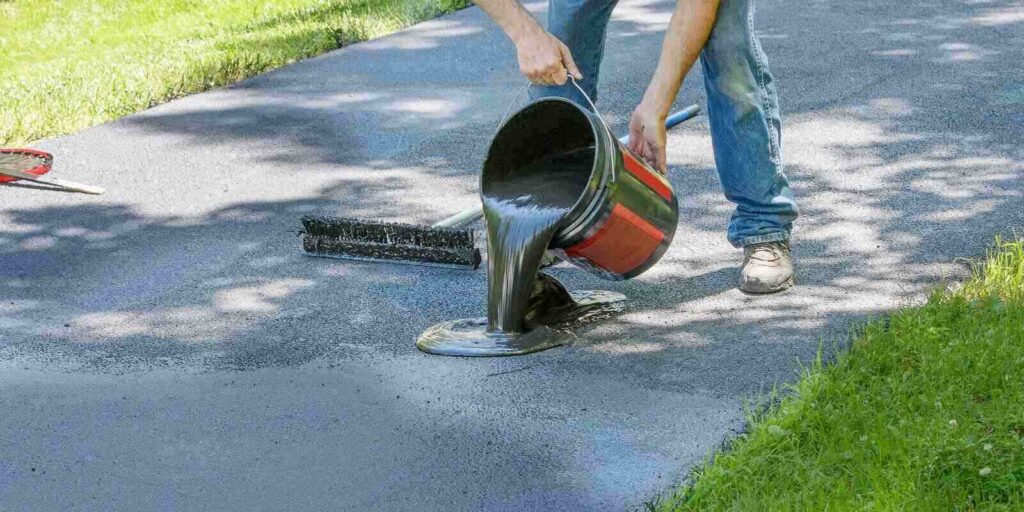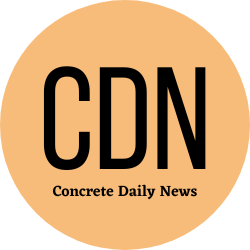Paving the Way: Choosing the Right Materials and Techniques in Driveway Repair
by siteadmin

Your driveway serves as the gateway to your home, providing both functionality and curb appeal. Over time, wear and tear, weather conditions, and other factors can lead to cracks, potholes, and deterioration, compromising both the appearance and functionality of your driveway. Choosing the right materials and techniques for driveway repair is essential for restoring its strength, durability, and aesthetic appeal. In this blog post, we’ll explore the key considerations for selecting materials and techniques in driveway repair to ensure long-lasting results.
Assessing the Damage:
Before embarking on driveway repair, it’s crucial to assess the extent of the damage and identify the underlying causes. Common issues such as cracks, potholes, surface spalling, and drainage problems may require different repair approaches and materials. Conduct a thorough inspection of your driveway to determine the severity and scope of the damage, as well as any underlying issues such as poor drainage, soil erosion, or tree roots. This assessment will help you determine the most appropriate repair techniques and materials to address the specific needs of your driveway.
Choosing the Right Materials:
Selecting the right materials is key to achieving durable and long-lasting results in driveway repair. Depending on the type and extent of the damage, as well as your budget and aesthetic preferences, several materials may be suitable for driveway repair:
- Asphalt: Asphalt patching is a common and cost-effective solution for repairing minor cracks and potholes in asphalt driveways. Asphalt patching compounds are easy to apply and provide a durable and weather-resistant surface that blends seamlessly with the existing pavement.
- Concrete: Concrete driveway repair may involve patching, resurfacing, or full-depth replacement, depending on the severity of the damage. Concrete patching compounds, resurfacing overlays, and specialized repair mortars are available to address various types of damage, including cracks, spalling, and surface deterioration.
- Pavers: Paver driveways offer durability, versatility, and aesthetic appeal, making them an attractive option for driveway repair and renovation. Interlocking concrete pavers or natural stone pavers can be used to replace or overlay damaged sections of the driveway, providing a durable and visually appealing surface that can withstand heavy traffic and weather exposure.
- Gravel: Gravel driveways are a low-cost and low-maintenance option for repairing or replacing damaged asphalt or concrete driveways. Gravel provides excellent drainage and traction, making it suitable for sloped or uneven terrain. Gravel driveways can be installed quickly and easily, requiring minimal excavation and site preparation.
Applying the Right Techniques:
In addition to choosing the right materials, applying the right repair techniques is essential for achieving optimal results in driveway repair. Depending on the type and extent of the damage, as well as the selected repair materials, several techniques may be used:
- Patching: Patching is a common repair technique for addressing minor cracks, potholes, and surface defects in asphalt and concrete driveways. Patching compounds or repair mortars are applied to the damaged area, leveled, and smoothed to create a seamless surface.
- Resurfacing: Resurfacing involves applying a new layer of asphalt or concrete over the existing driveway surface to repair cracks, spalling, and surface deterioration. Resurfacing overlays or coatings are applied to the prepared surface, providing a fresh and durable finish that restores the appearance and functionality of the driveway.
- Replacement: In cases of severe damage or structural issues, full-depth replacement may be necessary to restore the integrity of the driveway. This involves removing the existing pavement, repairing any underlying issues, and installing new asphalt, concrete, or paver materials to create a new driveway surface.
Choosing the right materials and techniques in driveway repair is essential for achieving durable, long-lasting results that enhance the appearance and functionality of your home’s exterior. By assessing the damage, selecting the appropriate materials, and applying the right repair techniques, you can restore the beauty and integrity of your driveway and ensure years of reliable performance. Whether you opt for asphalt patching, concrete resurfacing, paver replacement, or gravel installation, investing in quality materials and professional craftsmanship will help pave the way to a stunning and functional driveway that enhances the value and curb appeal of your property.
Your driveway serves as the gateway to your home, providing both functionality and curb appeal. Over time, wear and tear, weather conditions, and other factors can lead to cracks, potholes, and deterioration, compromising both the appearance and functionality of your driveway. Choosing the right materials and techniques for driveway repair is essential for restoring its…
Recent Posts
- Roofing Company Savannah Sheds Light on the Lifespan of Roofs: How Long Should a Roof Last?
- Cost of Installing a Pool in Cape Coral, Florida: A Rough Guide
- Overland Park KS Painters Provides Insight: Essential Questions to Ask Your House Painter
- Is Stamped Concrete Cheaper than Regular Concrete? Debunking Myths with Columbus Stamp Concrete
- New Orleans Concreters Advocates for Stamped Concrete Driveways as the Ultimate Choice for Durability and Style
